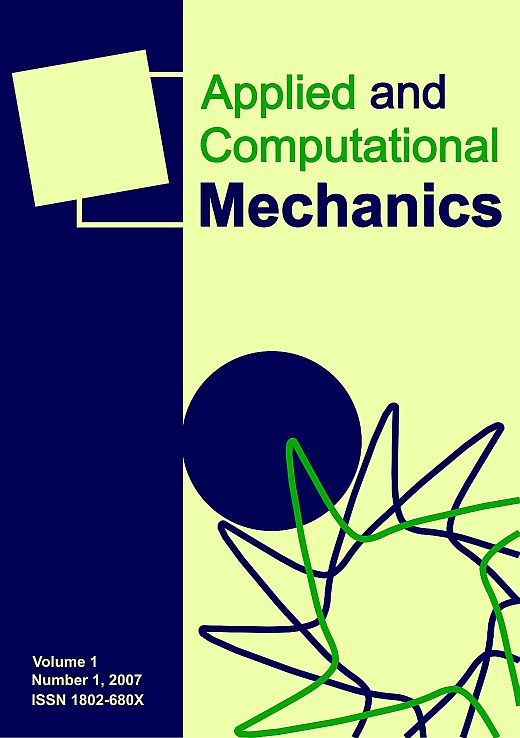Stiffness characteristics of railway buffers: Requirements, testing and proposal of a new computational model
DOI:
https://doi.org/10.24132/acm.2025.934Keywords:
railway buffer, stiffness characteristics, measurement, multibody simulationAbstract
In European railways, the use of UIC draw gear and side buffers to connect individual railway vehicles within a~train is still established. The buffers ensure the transmission of longitudinal compressive forces between the adjacent vehicles; longitudinal tensile forces are transmitted by means of the UIC draw gear, a drawbar hook and a screw coupling. Therefore, the stiffness characteristics of the draw and buffing gear are important from the point of view of longitudinal train dynamics, as well as running safety. This paper deals with the stiffness characteristics of railway buffers. The basic requirements for suspension elements used in the buffers are summarised. The solution of tasks in the field of modelling of dynamic phenomena during train running requires knowledge of the dynamic stiffness characteristics of these elements, which, however, are not determined by default. Therefore, experimental measurements of these characteristics were made on the dynamic test stand of the Faculty of Transport Engineering of the University of Pardubice. The experience from the evaluation of these measurements is summarised in the paper. Furthermore, attention is paid to the development of a new computational model of the buffers for use in multibody simulations, considering the results of the physical tests.
Downloads
Published
Issue
Section
License
Copyright (c) 2025 Applied and Computational Mechanics

This work is licensed under a Creative Commons Attribution 4.0 International License.







